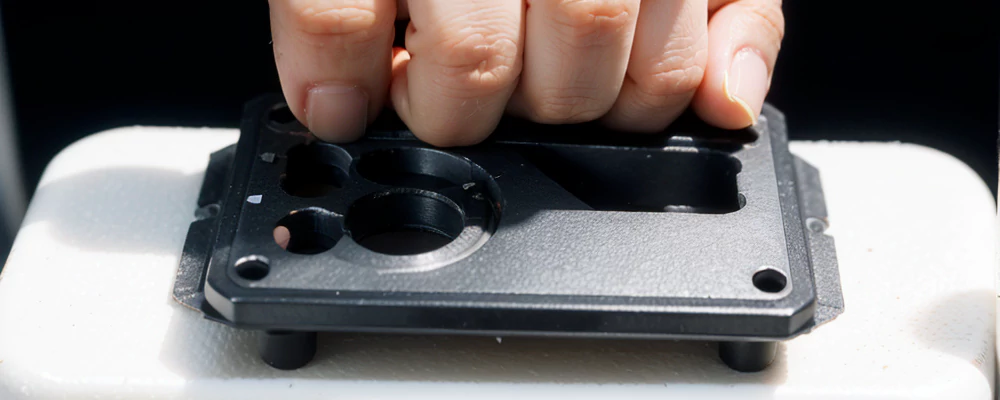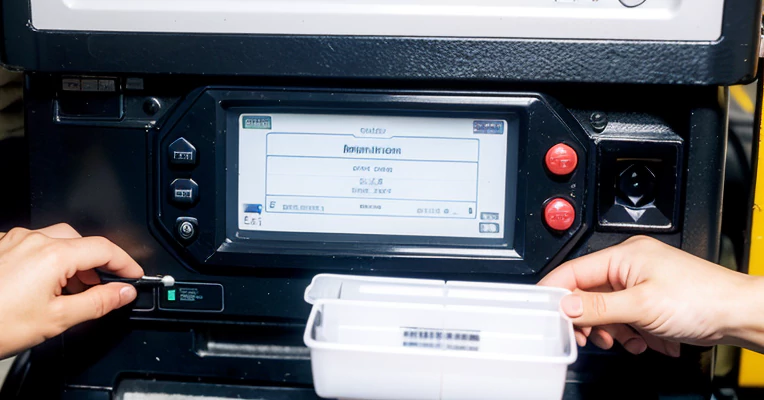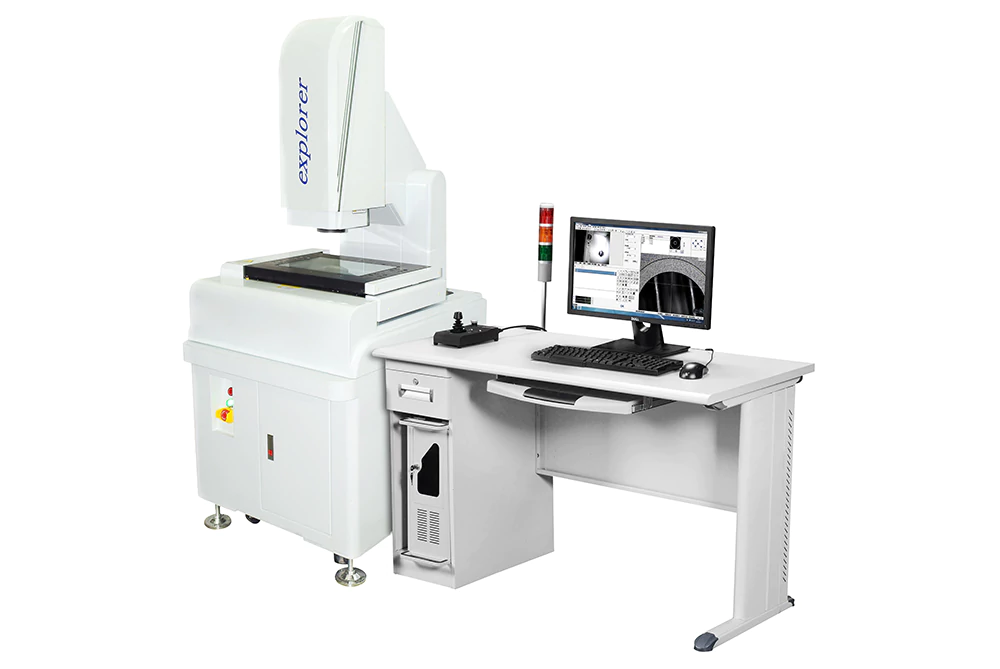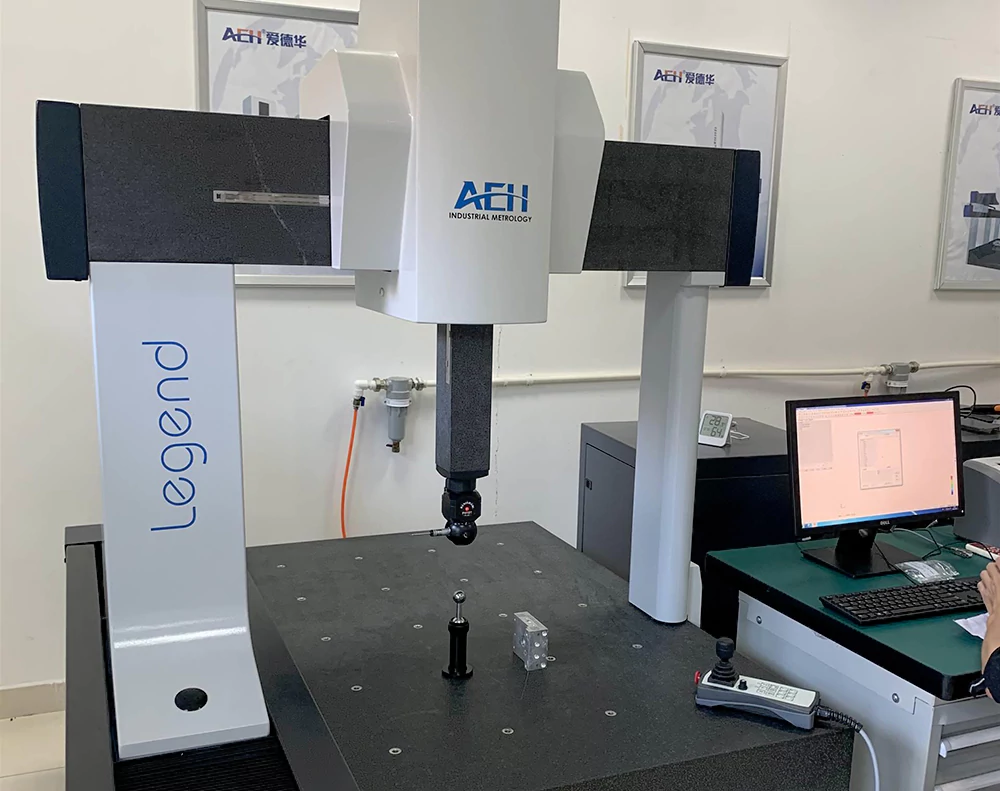Ever wondered how manufacturers ensure that each component aligns precisely with its design specifications in the intricate world of injection molding? The answer lies in dimensional inspection—a sophisticated process vital for maintaining precision and quality in manufacturing.
Dimensional inspection, also known as dimensional metrology, stands at the forefront of contemporary image sensor applications, providing a means to test components swiftly as they progress through the manufacturing line.

This inspection process goes beyond a mere measurement tool. Precisely, dimensional testing is a cornerstone for validating new processes, comparing prototypes to CAD models, and ultimately ensuring the seamless execution of manufacturing processes.
In this article, we’ll explore dimensional inspection within the context of injection molding, catering to our intermediate and pro-level readers who are well-versed in the concept but seek deeper insights into its incorporation and optimal utilization.
Why is Dimensional Inspection Important?
Dimensional inspection, a crucial element in the world of injection molding, serves as a cornerstone for achieving unparalleled precision and accuracy. It is a steadfast guardian, ensuring meticulous quality control throughout manufacturing.

This sophisticated method meticulously verifies every facet of production, whether through spot checks, automated inspections, or scrutiny of freshly produced items, upholding the highest quality standards.
Verifying the Manufacturing Process
Dimensional inspection stands as a cornerstone in the injection molding landscape, paramount in ensuring the integrity of the manufacturing process. By conducting meticulous spot checks, this process offers a thorough examination, allowing manufacturers to maintain consistent quality across all production batches.
First Article Inspection Skills
When the first product emerges from production, dimensional testing takes the spotlight, providing invaluable insights into the successful execution of the manufacturing process. This critical phase sets the tone for the entire production run, emphasizing the importance of precision from the very outset.
High-Precision Engineering Exploration
Delving into the minutiae of assemblies, dimensional inspection reveals the impact of even the tiniest components, such as micro-gears, on the broader production assembly. This scrutiny ensures that every intricate part contributes seamlessly to the overall precision of the manufacturing process.
Navigating Regulatory Compliance
In the complex manufacturing landscape, adherence to regulatory standards is non-negotiable. Dimensional testing emerges as a stalwart guardian, ensuring that every product and process aligns meticulously with specifications outlined by regulatory bodies like the FDA or FAA.
Choosing the Right Equipment for Dimensional Inspection
Regarding dimensional inspection, the options for measurement tools are vast, ranging from nano-scale surfaces to aircraft engine turbines. However, selecting the appropriate equipment is paramount. To make an informed choice, consider the following features essential for dimensional testing devices:
- Befitting Budget: Assess the device’s cost to ensure it aligns with your budget constraints.
- Accuracy and Precision: The equipment should facilitate precise and accurate inspections, ensuring reliable results.
- Efficiency: Opt for tools that enable swift and efficient inspections, saving time and resources.
- Functionality: Ensure the selected equipment serves the specific functions required for your dimensional inspection needs.

Factors like reliability, durability, ease of maintenance, and operational simplicity should not be overlooked. Choosing the right equipment is a crucial step towards mastering precision in dimensional testing, contributing to enhanced quality control in the manufacturing process of finished products.
6 Dimensional Inspection Equipment Categories You Should Know About
In the intricate world of injection molding, dimensional inspection is critical, ensuring precision and adherence to exacting standards. To navigate this realm effectively, it’s crucial to understand the diverse spectrum of dimensional inspection equipment.
Let’s explore six main categories, each offering unique capabilities tailored to specific needs:
1. Hand Tools
These fundamental tools, including dial indicators, digital calipers, micrometers, and tape measures, offer versatility and portability for many dimensional testing applications.
Select hand tools based on the specific dimensional measurement needs, ensuring accuracy and precision in the inspection process. Consider factors like portability, ease of use, and affordability.
2. Pneumatic Gauging (Air Gauges)
Utilizing air restriction, these tools excel in non-contact inspection, particularly for workpieces with tolerances of 0.005″ or smaller. They offer rapid and high-precision measurements. When employing pneumatic gauging, consider the specified tolerances of the workpieces. Ensure proper tooling for applications requiring frequent dimensional measurements, optimizing the benefits of this fast and non-contact method.
3. Coordinate Measuring Machines (CMMs)
From portable arms to large, complex machines, CMMs employ contact probes to translate physical positions into digital coordinates. Varying in cost and accuracy, CMMs are versatile but may not suit delicate or elastic surfaces.

Assess the cost, accuracy or work envelope of CMMs depending on your demand for dimensional inspection tasks. Consider the compatibility of contact probes with the object’s surface characteristics.
4. Optical Systems
Optical systems, including desktop measuring microscopes and optical comparators, utilize light and optics to gauge dimensions based on object profiles within their field of view.
Choose optical systems based on the desired level of magnification, accuracy, and field of view. Consider the application of overlays or measuring reticles for comparing objects to standard shapes.
5. Light-Based Systems
Techniques of the non-contact inspection tool include structured light or laser line triangulation that generates a three-dimensional point cloud, otherwise known as a profile. Ambient light and object movement during data acquisition can impact results.
Optimize structured light or laser line triangulation by minimizing object movement during data acquisition. Consider the impact of ambient light and explore the benefits of 3D smart sensors for comprehensive surface mapping.
6. Vision-Based Measuring Systems
Employing CCD, light, lenses, and analytical software, vision-based systems produce high-resolution images, automatically identifying edges and achieving micron-scale accuracies.
Leverage vision-based systems for applications demanding high accuracy and precision. Understand the analytical software’s capabilities in automatic edge detection, and ensure the system’s suitability for quality control requirements.
Choosing the Right Dimensional Inspection Equipment for Injection Molding
In injection molding, achieving precision hinges on choosing the right dimensional inspection equipment. Once the metrics for dimensional measurement are established, the selection process becomes pivotal.
As you begin the process, several factors demand careful consideration to ensure seamless integration and optimal results. Let’s delve into the key considerations guiding the selection of dimensional testing equipment:

Sensor Type
The prime directive in equipment selection is the sensor type. Opt for a sensor that ensures accurate measurements without altering the measured item’s integrity. The choice of sensor profoundly influences the reliability and precision of dimensional inspection.
Tolerance Requirements
Understanding the acceptable deviation from the desired outcome is crucial. Define tolerance requirements meticulously to align the dimensional testing equipment with the precision demanded by your specific application.
Portability
Consider the portability of the equipment, especially if dimensional measurement needs extend beyond a fixed location. Portable solutions offer flexibility in adapting to diverse manufacturing environments.
Size and Shape of Objects
The dimensional characteristics of the objects to be measured play a pivotal role. Ensure that the chosen equipment accommodates the size and shape diversity inherent in your manufacturing processes.
Speed
The speed of the equipment often determines the efficiency of the inspection process. Evaluate the speed requirements of your application and select equipment that aligns with the desired pace of dimensional measurement.
Automatic or Manual Function
Assess whether your workflow demands automatic or manual functionality. The choice between the two hinges on the nature of your manufacturing process and the level of control you seek in the inspection phase.
Ease of Use
The usability of the equipment is a critical consideration. Opt for equipment that aligns with the skill set of your operators, ensuring seamless integration into your workflow.
Maintenance Requirements
It’s important to understand the maintenance demands of the equipment. Choose equipment with maintenance requirements that align with your operational capabilities, ensuring sustained performance.
Reliability and Durability
Reliability and durability are non-negotiable factors. Select equipment that withstands the rigors of industrial environments, ensuring consistent and accurate performance over time.
Budget
While considering all the above factors, aligning your choices with budgetary constraints is imperative. Striking a balance between functionality, precision, and cost is key to a successful investment.
Conclusion
In the world of injection molding, achieving precision is more than a technicality; it’s a strategic process. Choosing the right inspection equipment is crucial, considering sensor types, tolerance requirements, and portability. This journey requires a careful balance between speed and functionality, ease of use and maintenance, and reliability and budget constraints.
Manufacturers’ commitment to quality control and selecting the right equipment are keys to producing flawless finished products. Prototool, a reliable name in injection molding and CNC manufacturing, is your trusted partner in this pursuit of excellence.
With expertise in measurement data to 3D measuring, Prototool is prepared to enhance your manufacturing capabilities. Embrace precision, streamline processes, and step confidently into the future of injection molding with Prototool by your side.










